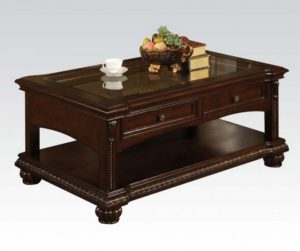 Glass. When you look around you, it is very likely that you see some type of glass. It is everywhere. For “green” conscious people, it also means that they wonder if the creation of the glass that we depend on is actually good or bad for our Earth. It has come up several times, people wanting to know, “Is glass a “green” material?” Here is our reply.
Glass. When you look around you, it is very likely that you see some type of glass. It is everywhere. For “green” conscious people, it also means that they wonder if the creation of the glass that we depend on is actually good or bad for our Earth. It has come up several times, people wanting to know, “Is glass a “green” material?” Here is our reply.
How Glass is Formed
First and foremost, glass in itself isn’t a natural product. It is most often made from heating sand to make it melt. The reason it doesn’t happen on a beach is that even in the blazing sun, it doesn’t get hot enough. It has to reach temperatures of around 3090-degrees Fahrenheit. This can only be done by using a special furnace and creating an outstanding amount of heat.
When the heated sand cools, it becomes a liquid that never quite solidifies. Ash and limestone are materials that can make it grow firmer. It can also be formed into panes of glass.
Is It Green?
 Glass isn’t necessarily a green product because it has to be heated, melted, and made into the form that we recognize as “glass”. This does not mean that it is “bad” for the environment though. By using glass windows on “green” buildings, we are still enabling those buildings to use less power to heat with. Windows can also help natural light flow inside, it conducts solar power, and more. Glass is NOT a bad thing.
Glass isn’t necessarily a green product because it has to be heated, melted, and made into the form that we recognize as “glass”. This does not mean that it is “bad” for the environment though. By using glass windows on “green” buildings, we are still enabling those buildings to use less power to heat with. Windows can also help natural light flow inside, it conducts solar power, and more. Glass is NOT a bad thing.
However, it should be used in the right circumstances. When providing natural light, it can be awesome. For providing natural heat, it works very effectively. To cover an old wooden table? You may have better options. For instance, the protection of glass” without the actual glass could be something along the lines of using a glass epoxy. Epoxy applies a glass top to any flattened surface and it is not harmful to the environment or even foods that may come into contact with it.
Other Glass Alternatives
 If you are absolutely sure that you want to avoid glass by getting an unbreakable, but clear material, you have options. There are plastics such as polycarbonate, polyvinyl chloride, polystyrene, Polypropylene, or Polyethylene. Each of these options is an ideal solution for glass alternatives. For greenhouses, green buildings, and other options, they can be used effectively to do the same job as glass. However, they may be less environmentally friendly than using actual glass.
If you are absolutely sure that you want to avoid glass by getting an unbreakable, but clear material, you have options. There are plastics such as polycarbonate, polyvinyl chloride, polystyrene, Polypropylene, or Polyethylene. Each of these options is an ideal solution for glass alternatives. For greenhouses, green buildings, and other options, they can be used effectively to do the same job as glass. However, they may be less environmentally friendly than using actual glass.
When deciding which is best for your needs, you have to look at the pros and cons of each. In most cases, glass is the most effective and the most green, but this doesn’t make it right for every situation.